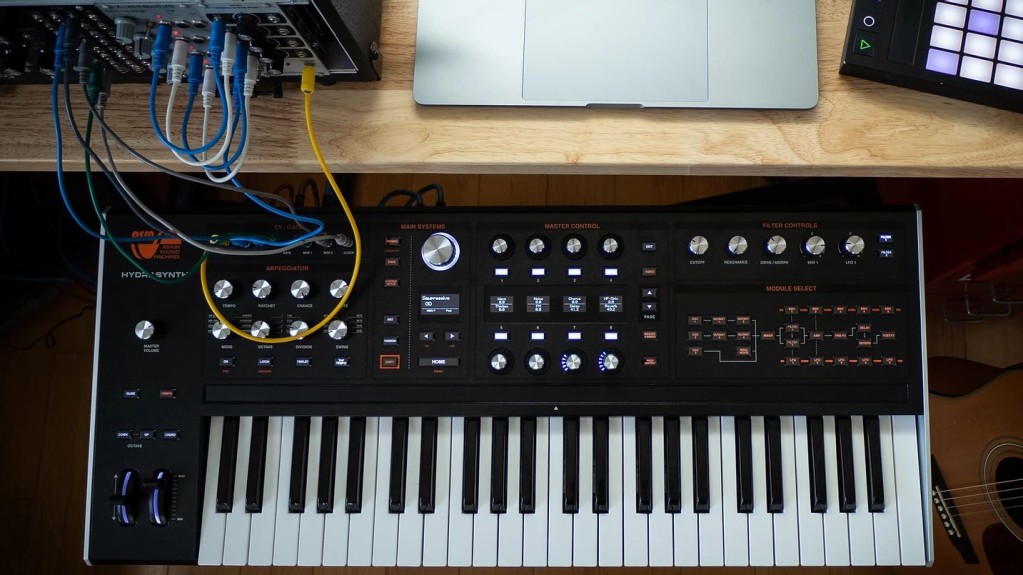The Hydrasynth’s wave morphing polyphony is yours for a street price of around $1300. Now alternative tunings and extra features make that more appealing. Here’s a look.
The ASM Hydrasynth was already a wishlist-checking monster, from its polyphonic aftertouch (on the keyboard model) to unique sound-shaping “mutators” and elegant macro controls. And yes, thanks to an all-digital architecture, it isn’t expensive at all. In fact, there’s quite a lot more in the way of features for sound designers than you would get from … some manufacturers who tend to talk the loudest about their value proposition.
My favorite review so far came out this week, with Benn Jordan providing some beautiful music:
The architecture is still decidedly digital – meaning to me the desktop model without keyboard doesn’t make a whole lot of sense. (That’s not to get into an argument about digital versus analog sound, but rather – you could achieve these kinds of workflows with software and a controller, theoretically. Okay, okay, I know you don’t want to look at screens anymore and yes the desktop unit has pads on it and nice controls and it’s a good thing they offer it.)
But the keyboard is what really stands out, especially with the 1.5 update. Polyphonic aftertouch is hard to come by at any price, and this keyboard does that plus a 4-octave ribbon controller. (Plus you have to love the cute throttle-style pitch and mod wheels, which echo a Boeing 737.) And that means an integrated, playable instrument that isn’t so easily assembled with software.

The 1.5 OS update expands on the notion of this axe for instrumental performance, on top of great features added in 1.4:
- New filter types
- New distortion (pre- and post-FX, with a bunch of parameters including how asymmetrical the distortion is)
- Alternative tuning support
- Expanded step LFOs, envelope trigger sources, more
- New randomization – including weirdly the ability to pull random bits from another patch
- a MIDI CC control map (for automation or adding an additional controller)
- New noise types [1.4]
- New PhazDiff Mutant (difference processing of an inverted, phase-shifted wave) [1.4]
There’s more detail in the 1.5 manual addendum.
Alternative tuning is especially nice. You get 32 memories for custom scales, with full Scala support. (You don’t even need to know about Scala; they include scales already and provide additional downloads.)
Also included are noise types (red, blue, violet, and gray joined white, pink and brown in version 1.4), new 12dB LP/HP/BP Steiner-Parker filter models and gentle (1-pole 6dB) and steep (8-pole 48dB!) low-pass filters. (They can’t call it the Steiner-Parker filter, but I can.)
Glen Darcey, who over the years has managed some of our favorite products for multiple manufacturers, is at ASM (VP Product Dev) to give the walkthrough of what’s new:
You really have some nice choices in poly- or paraphonic synths at this price now, from ASM, Sequential, Moog, and KORG. It’d be tough to choose, actually, but any one of those I can imagine would suit a long winter of pandemic lockdown ahead. (Though, fret not, for anyone who finds themselves without any cash – we’ll keep you entertained with free stuff and open software, too.)
ASM, I don’t need one now. I’m going to be sitting in the sun drinking a beer or underwater in the lake and generally avoiding people as well as avoiding the news. Maybe you want a special winter report. I’m sure I’m not alone in that sentiment.
https://www.ashunsoundmachines.com/hydrasynth-key